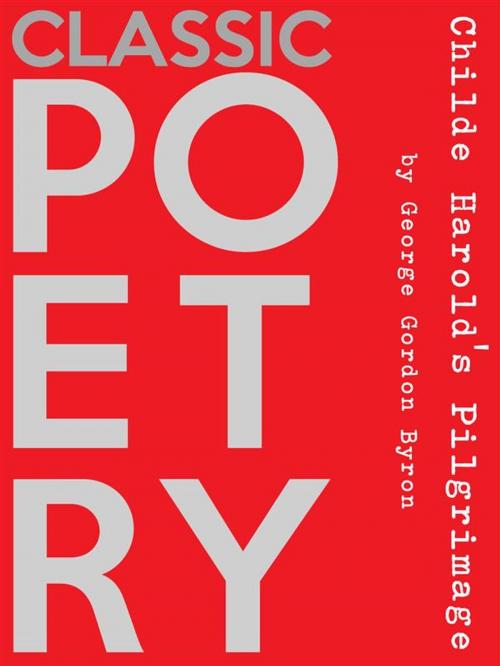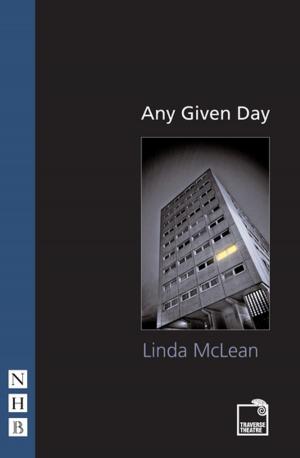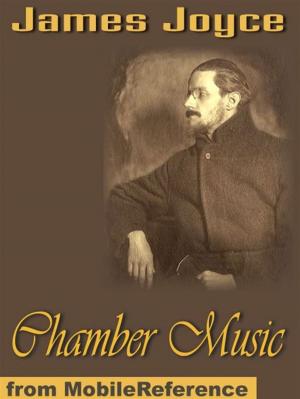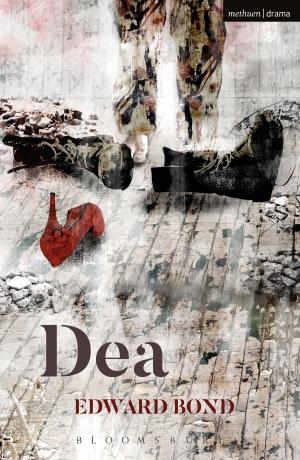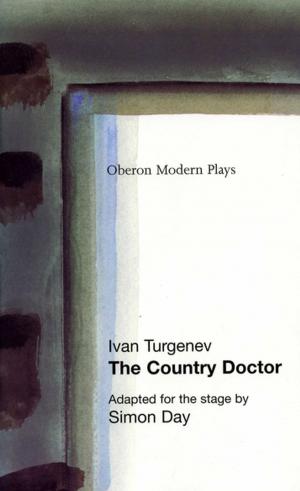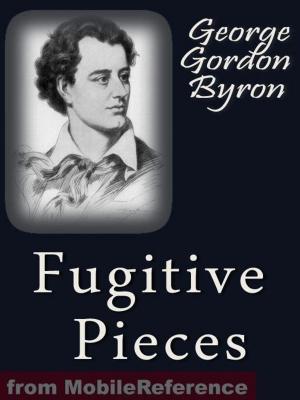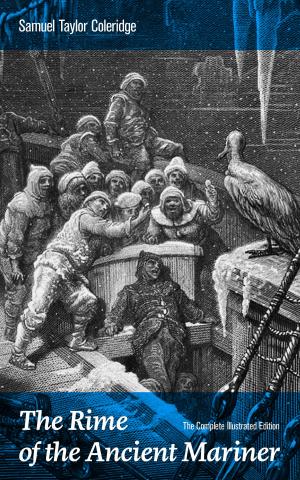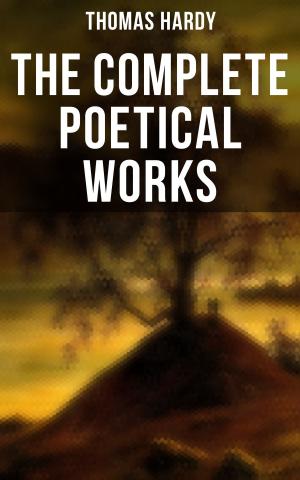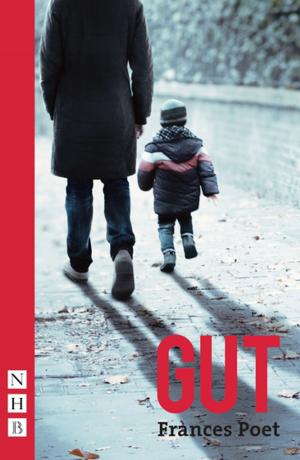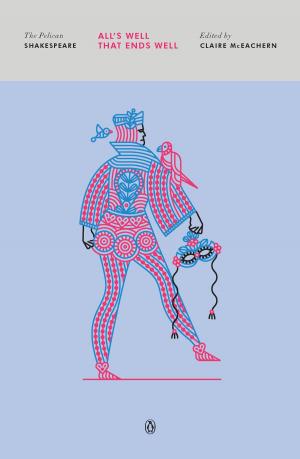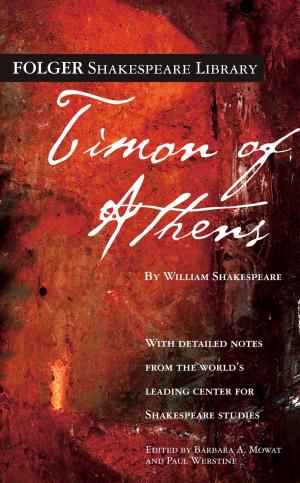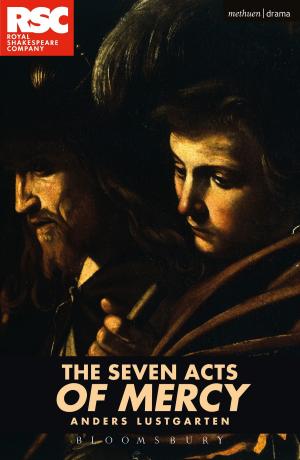| Author: | George Gordon Byron | ISBN: | 9788826001944 |
| Publisher: | Classic Poetry | Publication: | March 1, 2018 |
| Imprint: | Language: | English |
| Author: | George Gordon Byron |
| ISBN: | 9788826001944 |
| Publisher: | Classic Poetry |
| Publication: | March 1, 2018 |
| Imprint: | |
| Language: | English |
Childe Harold's Pilgrimage is a lengthy narrative poem in four parts written by Lord Byron. It was published between 1812 and 1818 and is dedicated to "Ianthe". The poem describes the travels and reflections of a world-weary young man who, disillusioned with a life of pleasure and revelry, looks for distraction in foreign lands. In a wider sense, it is an expression of the melancholy and disillusionment felt by a generation weary of the wars of the post-Revolutionary and Napoleonic eras. The title comes from the term childe, a medieval title for a young man who was a candidate for knighthood.
The poem contains elements thought to be autobiographical, as Byron generated some of the storyline from experience gained during his travels through Portugal, the Mediterranean and Aegean Sea between 1809 and 1811. The "Ianthe" of the dedication was the term of endearment he used for Lady Charlotte Harley. Charlotte Bacon née Harley was the second daughter of 5th Earl of Oxford and Lady Oxford Jane Elizabeth Scott née Harley, about 11 years old when Childe Harold was first published. Throughout the poem Byron, in character of Childe Harold, regretted his wasted early youth, hence re-evaluating his life choices and re-designing himself through going on the pilgrimage, during which he lamented on various historical events including the Iberian Peninsular War among others.
Despite Byron's initial hesitation at having the first two cantos of the poem published because he felt it revealed too much of himself, it was published, at the urging of friends, by John Murray in 1812, and brought both the poem and its author to immediate and unexpected public attention. Byron later wrote, "I awoke one morning and found myself famous". The first two cantos in John Murray's edition were illustrated by Richard Westall, well-known painter and illustrator who was then commissioned to paint portraits of Byron.
Childe Harold's Pilgrimage is a lengthy narrative poem in four parts written by Lord Byron. It was published between 1812 and 1818 and is dedicated to "Ianthe". The poem describes the travels and reflections of a world-weary young man who, disillusioned with a life of pleasure and revelry, looks for distraction in foreign lands. In a wider sense, it is an expression of the melancholy and disillusionment felt by a generation weary of the wars of the post-Revolutionary and Napoleonic eras. The title comes from the term childe, a medieval title for a young man who was a candidate for knighthood.
The poem contains elements thought to be autobiographical, as Byron generated some of the storyline from experience gained during his travels through Portugal, the Mediterranean and Aegean Sea between 1809 and 1811. The "Ianthe" of the dedication was the term of endearment he used for Lady Charlotte Harley. Charlotte Bacon née Harley was the second daughter of 5th Earl of Oxford and Lady Oxford Jane Elizabeth Scott née Harley, about 11 years old when Childe Harold was first published. Throughout the poem Byron, in character of Childe Harold, regretted his wasted early youth, hence re-evaluating his life choices and re-designing himself through going on the pilgrimage, during which he lamented on various historical events including the Iberian Peninsular War among others.
Despite Byron's initial hesitation at having the first two cantos of the poem published because he felt it revealed too much of himself, it was published, at the urging of friends, by John Murray in 1812, and brought both the poem and its author to immediate and unexpected public attention. Byron later wrote, "I awoke one morning and found myself famous". The first two cantos in John Murray's edition were illustrated by Richard Westall, well-known painter and illustrator who was then commissioned to paint portraits of Byron.
